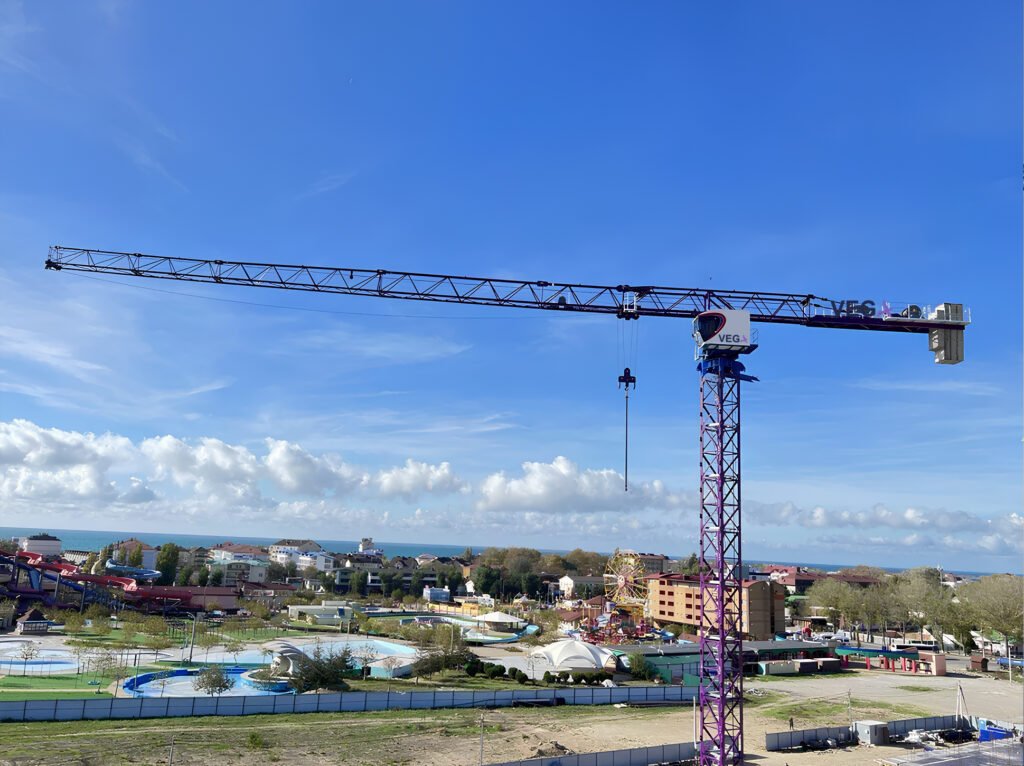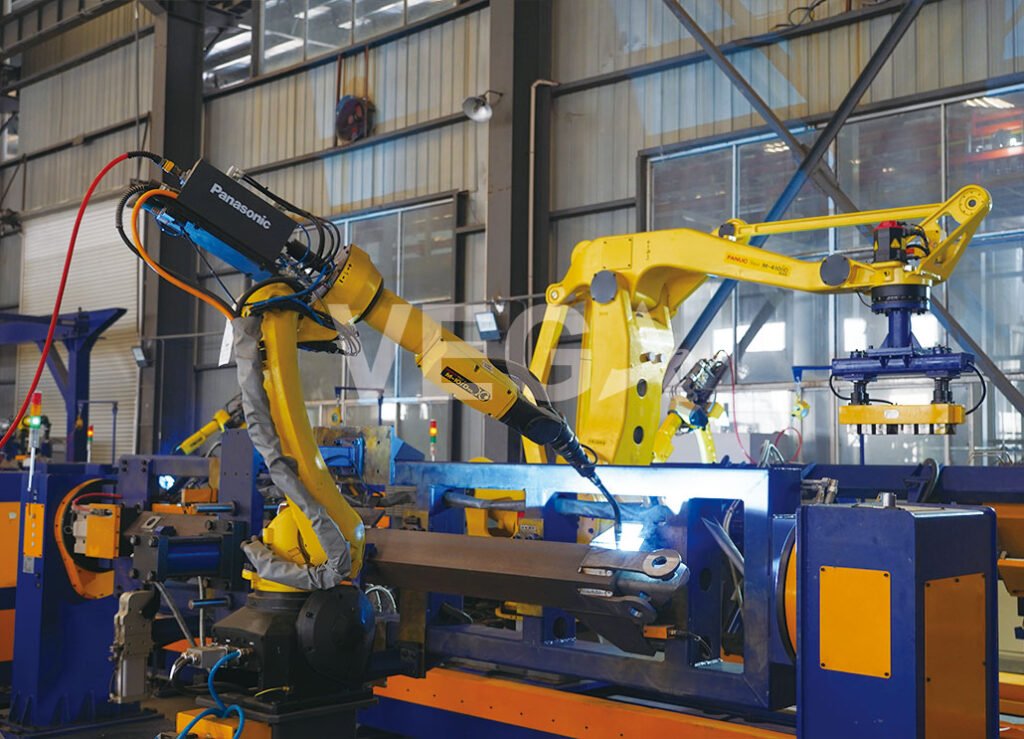
The Evolution of Tower Cranes: From Ancient Lifting Devices to Modern Construction Marvels
Tower cranes, essential to modern construction projects, are marvels of engineering that significantly enhance efficiency and safety on construction sites. These towering giants have a rich history that dates back thousands of years, evolving from simple lifting devices to the sophisticated machines we see today. This blog post delves into the fascinating journey of tower cranes and their pivotal role in shaping the skylines of our cities.
Ancient Beginnings: The Origins of Lifting Devices
The story of tower cranes begins in ancient civilizations. The Egyptians, known for their monumental pyramids, utilized basic lever and pulley systems to move massive stones. These rudimentary tools, though simple, were the first steps in human efforts to lift and transport heavy materials.
The Greeks and Romans further refined these techniques, introducing the treadwheel crane. Powered by humans or animals walking inside a large wheel, these cranes could lift heavier loads and were instrumental in constructing grand structures such as temples and aqueducts. These early innovations laid the groundwork for future advancements in crane technology.
The Middle Ages: Advancements and Adaptations
During the Middle Ages, crane technology saw significant improvements. The construction of cathedrals and castles required cranes that could lift heavy stones to great heights. The medieval treadwheel crane, often mounted on scaffolding, became a common sight. These cranes, operated by workers walking inside the wheel, were essential in building some of the era's most iconic structures.
The Industrial Revolution: A Technological Leap
The Industrial Revolution in the 18th and 19th centuries brought about transformative changes in crane technology. The invention of the steam engine revolutionized many industries, including construction. Steam-powered cranes could lift heavier loads and were more reliable than their manual counterparts. This era marked the beginning of modern crane technology, setting the stage for further innovations.
The 20th Century: Birth of the Modern Tower Crane
The early 20th century was a turning point for crane technology. The rapid urbanization and the rise of skyscrapers necessitated cranes that could reach unprecedented heights and handle significant loads. In 1908, Julius Wolff & Co. introduced the first electrically powered tower crane in Germany. This groundbreaking invention allowed for more efficient and safer construction of tall buildings, transforming the skyline of cities around the world.
Post-World War II: Rapid Technological Advancements
After World War II, the construction industry experienced a boom, particularly in Europe and the United States. This period saw rapid advancements in tower crane technology. Hydraulic systems, stronger and lighter materials, and improved control mechanisms made cranes more versatile and powerful. Companies like Liebherr, Manitowoc, and Potain emerged as industry leaders, pushing the boundaries of what tower cranes could achieve.
The Modern Era: High-Tech Marvels
Today's tower cranes are high-tech marvels, equipped with advanced features such as computerized controls, remote operation capabilities, and real-time monitoring systems. They can reach heights of over 1,000 feet and lift loads exceeding 20 tons. Modern tower cranes are used in a wide range of construction projects, from residential buildings to large-scale infrastructure developments.
Practical Applications and Future Trends
Understanding the history and evolution of tower cranes provides valuable insights into their current capabilities and future potential. As cities grow and construction projects become more complex, the demand for advanced tower cranes will continue to rise. Innovations in automation, sustainability, and safety are expected to drive the next generation of tower cranes, making construction more efficient and environmentally friendly.
Conclusion
The journey of tower cranes from ancient lifting devices to modern construction marvels is a testament to human ingenuity and technological progress. These machines have not only transformed the construction industry but also played a crucial role in shaping the urban landscapes we live in today. By appreciating the history and advancements of tower cranes, we gain a deeper understanding of their importance and the exciting possibilities that lie ahead.
Understanding the rich history of tower cranes gives us an appreciation for the incredible advancements that have been made and highlights their vital role in modern construction. As we look to the future, tower cranes will undoubtedly continue to be at the forefront of building the world around us.







